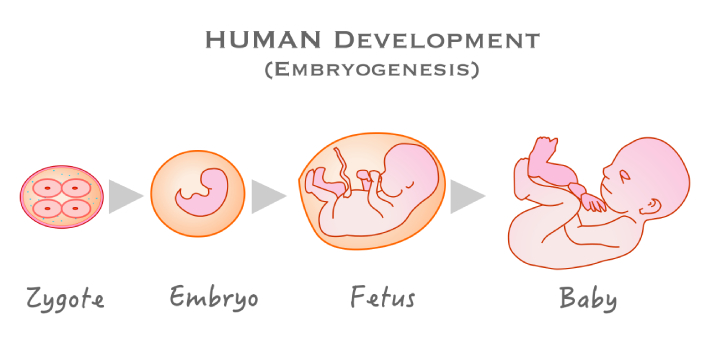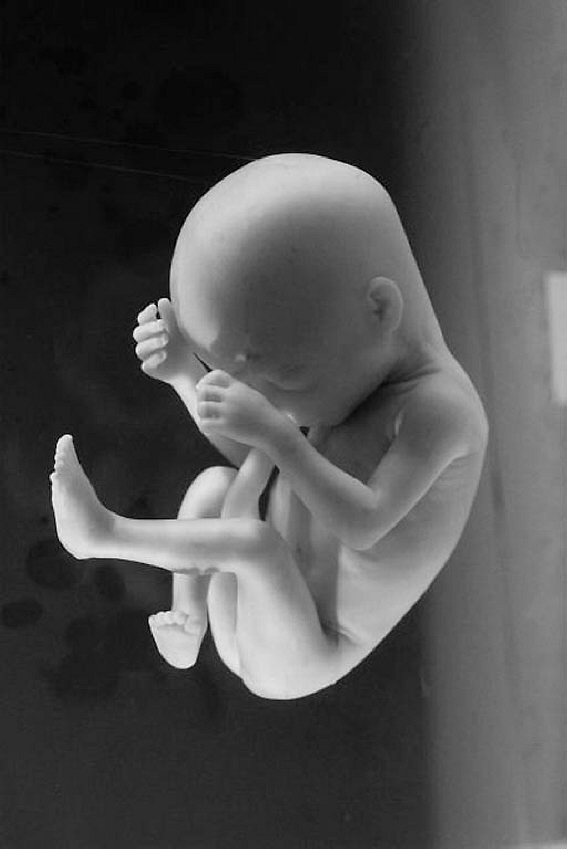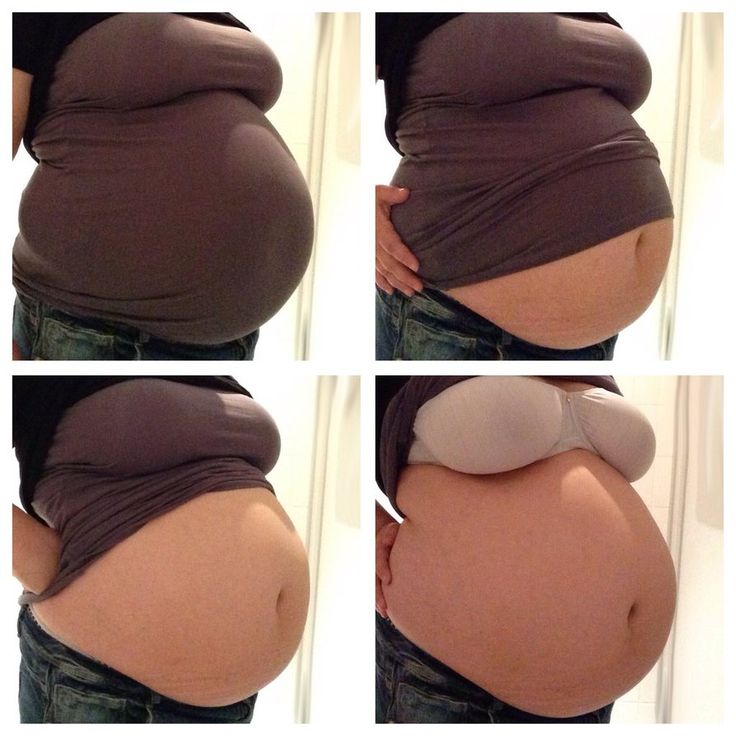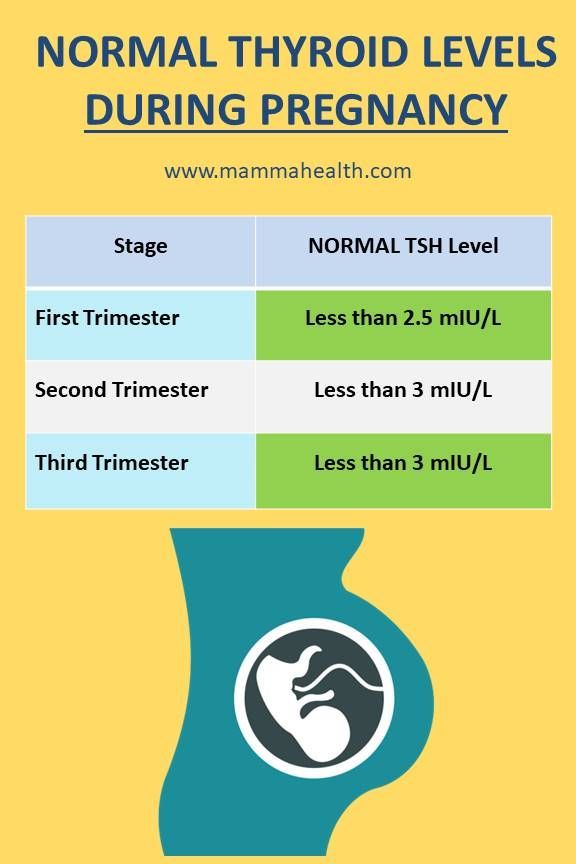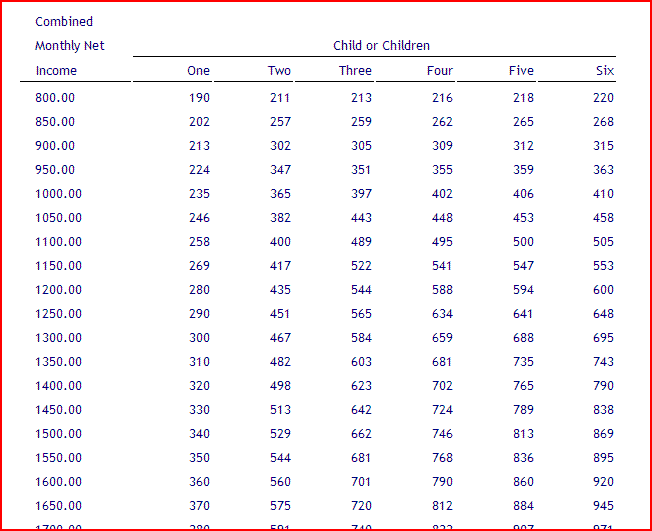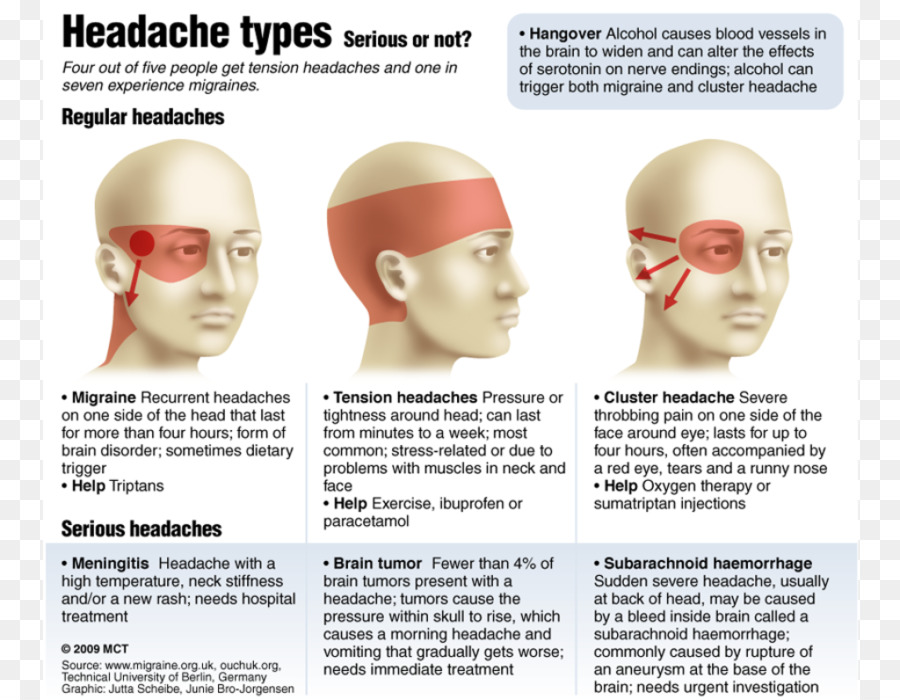How does a baby turn in the womb
How your baby lies in the womb
Most babies are born head first with their faces looking down, their back against your stomach and their chin tucked in on their chest. This position is called occipito anterior.
Other ways a baby can lie in the womb
Some babies can lie in a:
- posterior position (occipito-posterior) - facing the opposite way with their backs to your back
- breech position - where their bottom leads first, and their head is at the top
- transverse position - across your womb from side to side
It can be more difficult for babies to be born in these positions. They may need:
- help from your midwife or doctor
- a ventouse or forceps delivery, or caesarean section
Posterior position
A posterior position (occipito-posterior) is when your baby’s back is lying against yours.
While they’re in this position their head presses against your lower back, causing backache. This can worsen when you’re in labour.
Turning in this position
In earlier stages it doesn’t matter but once you’re ready to go into labour, your baby needs to turn all the way around to the front.
Sometimes your contractions help your baby to turn. Your baby can also turn round when you're pushing.
If your baby doesn’t turn, then your pushing can result in your baby being born in the posterior position but this is less likely to happen with a first pregnancy.
If your baby doesn’t turn following pushing, your obstetrician can help to turn your baby to face the right way and then deliver your baby with the help of forceps.
Breech position
Breech position is when your baby’s bottom, or sometimes their foot, is the part that'll be born first.
Around 1 in 5 babies are in the breech position at 30 weeks of pregnancy. By the end of pregnancy only about 3 in 100 are breech.
Some babies lie with their:
- legs bent at the knees
- knees straight and their legs up in front of their face
Your baby may move into a head-down position on their own.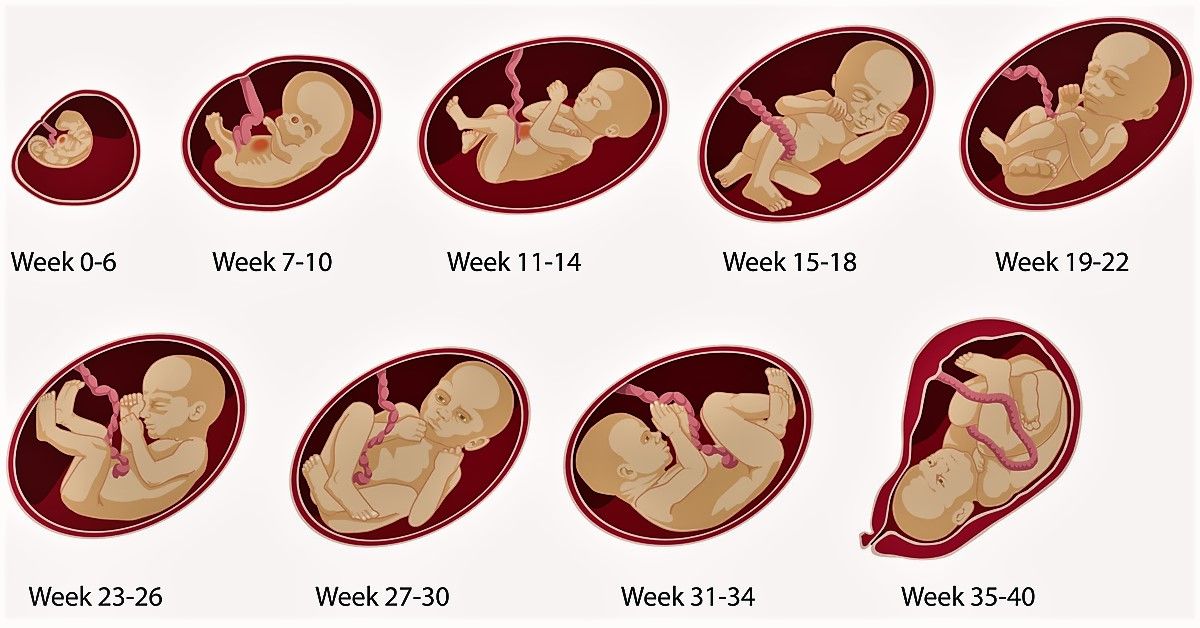
Turning in this position
If your baby's still breech by about 36 to 37 weeks they may not turn by themselves.
Your doctor will usually try turning your baby by external cephalic version (ECV). If your baby can’t be turned, your doctor may suggest trying again on another day.
Up to half of babies in a breech position can be turned like this and you can try to have a vaginal delivery.
External cephalic version (ECV)
ECV means gently massaging your tummy to encourage your baby to turn by doing either a forward or backward flip in the womb.
It can be uncomfortable, but it shouldn’t be painful. You may be given some medication to relax the muscles in your womb before you have this.
When is ECV done?
ECV is carried out after you've had an ultrasound showing your baby needs help to turn.
When the ECV is being carried out, your baby will be monitored all the time. There’s a small chance that ECV can cause distress to your baby, which is why their heart rate's monitored.
If ECV was done before 37 weeks your baby still has room to change position again afterwards.
If you need ECV your obstetrician will explain what will happen and answer any questions you have.
If your baby will be born breech
If you know your baby's going to be born breech:
- there are only some places where you’ll be able to give birth - your midwife or doctor wouldn’t recommend having your baby at home
- a caesarean section may be recommended - sometimes this is the safest option and least likely to harm them
Your obstetrician will talk to you about your choices and make a plan for the birth with you.
Transverse lie
Some babies lie across your womb from side to side – you might hear this called a transverse lie.
If your baby's still in this position when your labour starts or you get to full term, you'll either need:
- an ECV to turn your baby to head down
- a caesarean section for your baby to be born
You're also likely to be admitted to the maternity hospital for a week or 2 before your baby's born. This is because there's an additional risk of complications during the birth.
This is because there's an additional risk of complications during the birth.
Translations and alternative formats of this information are available from Public Health Scotland.
Causes, Complications, Turning & Delivery
Overview
Types of breech positions during pregnancy.What is a breech baby?
A breech baby, or breech birth, is when your baby’s feet or buttocks are positioned to come out of your vagina first. Your baby’s head is up closest to your chest and its bottom is closest to your vagina. Most babies will naturally move so their head is positioned to come out of the vagina first during birth. Breech is common in early pregnancy and most babies will move to a head-first position by 36 weeks of pregnancy. This head-first position is called vertex presentation and is the safest position for birth.
How common is a breech baby?
There is a small chance that your baby will not move into a head-first position before 37 weeks of pregnancy.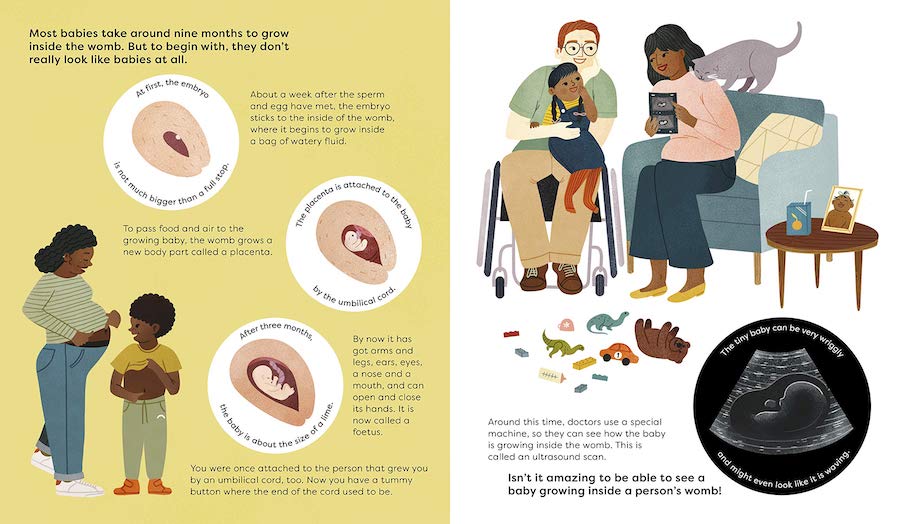 Breech babies account for about 3% to 4% of all full-term pregnancies.
Breech babies account for about 3% to 4% of all full-term pregnancies.
What are the types of breech position a baby can be in?
There are several fetal positions your baby may present in. Ideally, your baby is positioned head-down, facing your back, with their chin tucked to their chest.
Breech babies can be in a few different positions:
- Frank breech: The baby’s buttocks are aimed at the vaginal canal with its legs sticking straight up in front of their body and the feet near their head.
- Complete breech: The baby’s buttocks are pointing downward and both the hips and the knees are flexed (folded under themselves).
- Footling breech: One or both of the baby’s feet point downward and will deliver before the rest of their body.
- Transverse lie: This is a form of breech presentation where your baby is positioned horizontally across your uterus instead of vertically. This would make their shoulder enter the vagina first.

How does a breech baby affect pregnancy?
Your pregnancy is usually not affected. Most breech babies are born healthy, although there is a slightly elevated risk for certain birth defects. Your baby’s movements may feel a little different. You will feel your baby’s kicks lower in your belly. You may feel a hard lump closer to your ribs. This is your baby’s head.
If you planned a vaginal delivery, a breech baby could change these plans. When your baby is breech, a vaginal delivery can be complicated and dangerous. Your healthcare provider may feel comfortable attempting a vaginal breech delivery, but in most cases, they will recommend a Cesarean birth (C-section).
How does a breech baby affect delivery?
If your baby presents in a breech position after 36 weeks of pregnancy, your birthing plan will likely change. It's usually unsafe for a breech baby to be born vaginally due to risks of injury. In most cases, a planned C-section is the safest way to deliver your baby.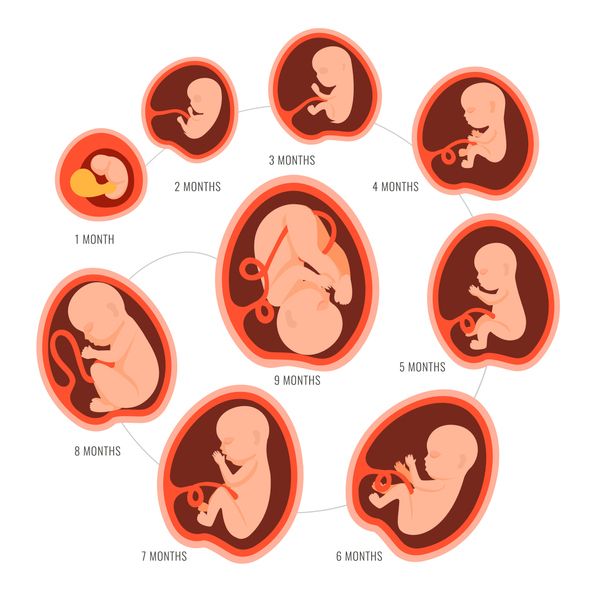 Some healthcare providers may be comfortable with a vaginal breech birth. In some cases, turning your baby to a head-down position while they are still inside your uterus is an option. Your baby is then born head first.
Some healthcare providers may be comfortable with a vaginal breech birth. In some cases, turning your baby to a head-down position while they are still inside your uterus is an option. Your baby is then born head first.
Symptoms and Causes
How can you tell if your baby is breech?
You may be able to tell if your baby is breech, especially if you have had past pregnancies where your baby was head-first. The places where you feel lumps and kicks might indicate that your baby is breech. Let your healthcare provider know where you feel movement. They will feel your belly or do an ultrasound to confirm that your baby is breech.
What causes a baby to be breech?
It’s not always known why a baby is breech. Some factors that may contribute to this position are:
- You are expecting multiples (twins or more). This makes it harder for each baby to get into the right position.
- There is too much or too little amniotic fluid.
- The uterus is not normal in shape or has abnormal growths such as fibroids.
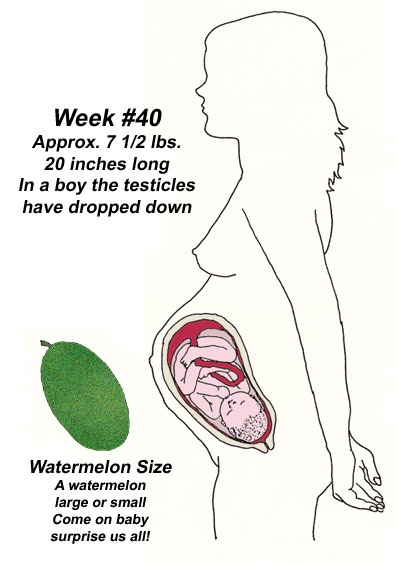 Most of the time, the uterus is shaped like an upside-down pear. If it's shaped differently, there might not be enough room for a full-grown baby to move into position.
Most of the time, the uterus is shaped like an upside-down pear. If it's shaped differently, there might not be enough room for a full-grown baby to move into position. - The placenta covers all or part of the cervix (a condition called placenta previa).
- The baby is preterm. This means they are less than 37 weeks gestation and may not have turned to a head-first position.
- Your baby has a birth defect that causes them to not turn head-down.
Diagnosis and Tests
How is a breech baby diagnosed?
Your healthcare provider may be able to tell which way your baby is facing by placing their hands at certain places on your abdomen. By feeling where the baby’s head, back and buttocks are, it’s usually possible to find out what part of the baby is positioned to come out of the vagina first. An ultrasound may be used to confirm the baby’s position.
When is a breech baby diagnosed?
Almost all babies are breech at some point. As your pregnancy progresses, your baby will naturally move to a head-down position — probably between 32 and 36 weeks. Your healthcare provider will feel your belly and determine where your baby is positioned. This will happen during most of your appointments in the third trimester. After 37 weeks, a breech baby usually does not turn on their own. Your healthcare provider will discuss delivery options with you.
Your healthcare provider will feel your belly and determine where your baby is positioned. This will happen during most of your appointments in the third trimester. After 37 weeks, a breech baby usually does not turn on their own. Your healthcare provider will discuss delivery options with you.
Management and Treatment
What are the options for treating a breech baby?
If your baby is breech at 37 weeks of pregnancy, your healthcare provider may:
- Try turning your baby in your uterus into the head-first position.
- Plan a C-section birth.
- Plan a vaginal breech birth.
What are some complications of having a breech baby?
The complications of having a breech baby usually do not occur until it's time to deliver. Some breech babies can be safely delivered through the vagina.
The risks of attempting a vaginal breech birth are:
- Injuries to your baby’s legs or arms such as dislocated or broken bones.
- Umbilical cord problems.
 The umbilical cord can be flattened or twisted during delivery. This can cause nerve or brain damage due to a lack of oxygen.
The umbilical cord can be flattened or twisted during delivery. This can cause nerve or brain damage due to a lack of oxygen.
Will my doctor try to flip my baby if it's breech?
If your baby is breech, your healthcare provider may consider turning your baby so that you can have a vaginal delivery. In some cases, trying to turn your baby may not be safe or the risks outweigh the benefits.
Flipping your baby may not be safe if you have any of the following:
- Bleeding from your vagina.
- Placenta previa. This is when your placenta covers all or part of your cervix.
- A nonreactive nonstress test.
- An abnormally small baby.
- Low level of amniotic fluid.
- Low or high fetal heart rate.
- Premature rupture of the membranes.
- Twins or multiples.
The most common method used to turn a breech baby is called external cephalic version (ECV). It's performed by your healthcare provider around 37 weeks of pregnancy. This procedure is performed in the hospital just in case an emergency occurs. It involves placing hands on your abdomen and applying firm pressure to turn your baby to a head-down position while your baby is still in your uterus. It is about 65% effective and carries some risks.
This procedure is performed in the hospital just in case an emergency occurs. It involves placing hands on your abdomen and applying firm pressure to turn your baby to a head-down position while your baby is still in your uterus. It is about 65% effective and carries some risks.
What are the risks of turning my breech baby?
The risks of ECV include the following:
- Premature labor.
- Premature rupture of the amniotic sac.
- Blood loss for either you or your baby.
- Emergency C-section.
- Your baby might turn back to the breech position.
Although the risk of having these complications is small, some healthcare providers prefer not to try to flip a breech baby.
Will my breech baby flip on their own?
Most babies will flip to a head-down position before they reach full term (37 weeks). If your baby is still in a breech position at this time, your healthcare provider will determine if you can deliver vaginally or if you will need a C-section.
How can I flip my baby if it's breech?
Some women will try at-home methods to flip their baby to a head-first position. They may help, but there is no scientific evidence that they work.
- Bridge position: Lie on the floor with your legs bent and your feet flat on the ground. Raise your hips and pelvis into a bridge position. Hold this position for 10 or 15 minutes several times a day.
- Child’s pose: Rest in the child’s pose for 10 to 15 minutes. It can help relax your pelvic muscles and uterus. You can also rock back and forth on your hands and knees or make circles with your pelvis to promote activity.
- Music: Place headphones or a speaker at the bottom of your uterus to encourage your baby to turn.
- Temperature: Try placing something cold at the top of your stomach where your baby’s head is. Then, place something warm at the bottom of your stomach.
A chiropractic technique, called the Webster technique, can also help your uterus relax.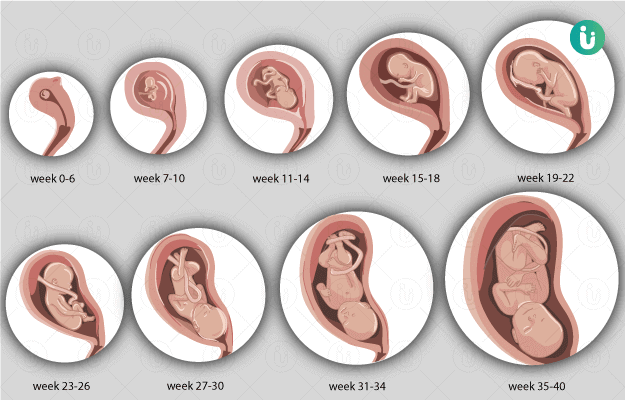 Some providers even recommend acupuncture. Both of these techniques need to be done by a professional that your healthcare provider has recommended.
Some providers even recommend acupuncture. Both of these techniques need to be done by a professional that your healthcare provider has recommended.
Prevention
How can I reduce my risk of having a breech baby?
There is nothing you can do to prevent your baby from being in a breech position. If your baby is in a breech position, it’s not because you did anything wrong.
Outlook / Prognosis
Can you deliver vaginally with a baby breech?
It's possible to deliver a breech baby vaginally. It can be more dangerous for the baby and the risk of injury is much higher. If the umbilical cord is compressed during birth, the baby could be deprived of oxygen and this could harm their brain and nerves. The cord could also slip around the baby’s neck or arms, causing injury. Healthcare providers have various levels of comfort with vaginal deliveries of breech babies. Talk to your provider about the risks and benefits of different types of birth for a breech baby.
Living With
When should I see my healthcare provider?
Contact your healthcare provider if you experience any of the following symptoms during pregnancy:
- Severe cramping or contractions.
- Vaginal bleeding.
What questions should I ask my doctor?
Learning your baby is breech may give you concerns about your delivery. It’s completely natural to have questions. Some questions to ask your doctor can include:
- How can I tell if my baby is breech?
- Is my baby OK?
- What are the benefits and risks of turning my baby?
- What are my options for delivery if my baby remains in the breech position?
- What are the health risks to my baby and me if they are born breech?
Frequently Asked Questions
Do birth defects cause breech position?
Birth defects are slightly more common in breech babies. It might be the reason that the baby didn’t move to the head-down position. Most babies who are breech at delivery are born without any health complications.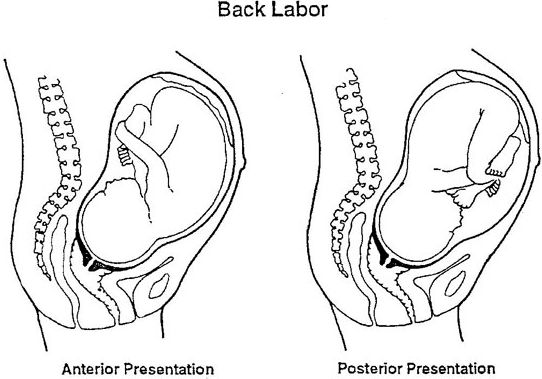
Will I need a C-section if my baby is breech?
Most of the time, a C-section is the safest way to deliver a breech baby. Your risks of developing complications are much higher if you try to deliver a breech baby through the vagina. However, some healthcare providers may feel comfortable performing a vaginal breech birth.
How does labor start if your baby is breech?
Having a breech baby doesn’t change some of the first signs of labor like contractions or rupturing of your membranes. In most cases, your healthcare provider will recommend a planned C-section. If your delivery is planned, you may not have any labor symptoms.
If you are in labor and go to the hospital for delivery, your provider will confirm your baby’s position a final time. Your provider could attempt a vaginal delivery, but it's more likely they will proceed with a C-section to be safe.
A note from Cleveland Clinic
Having a breech baby can be unexpected and change the vision you had for childbirth.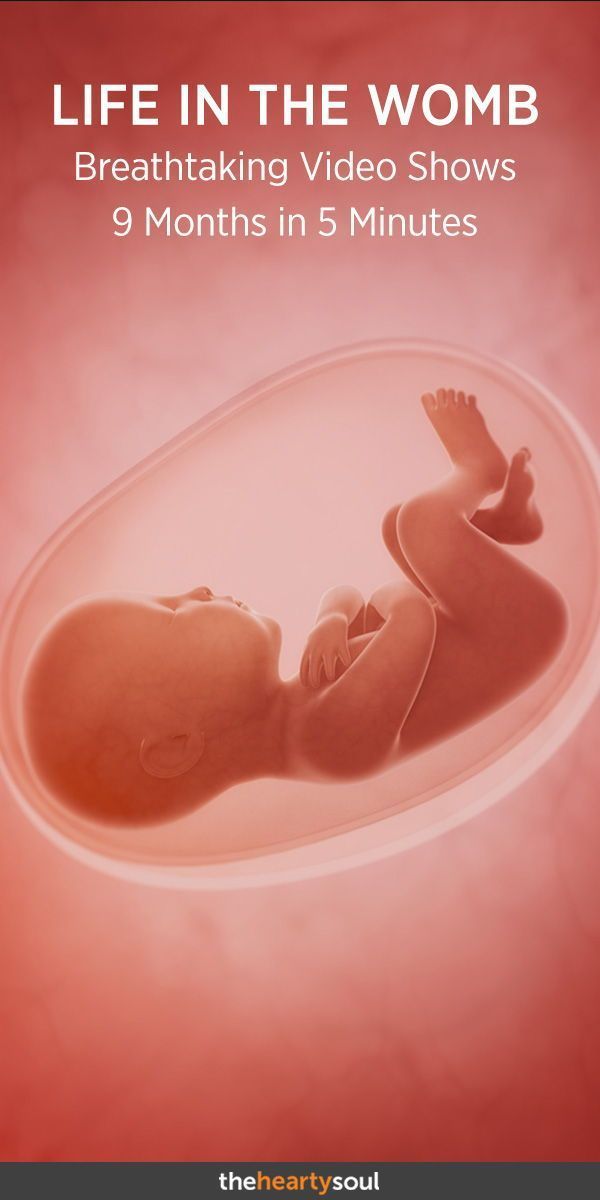 Talk to your healthcare provider about what to expect during a breech delivery. They can help you understand the risks and benefits of a breech birth so that you and your baby are kept safe.
Talk to your healthcare provider about what to expect during a breech delivery. They can help you understand the risks and benefits of a breech birth so that you and your baby are kept safe.
Breech presentation - how to turn the baby
Vatagina Maria Alexandrovna
Obstetrician-gynecologist, Oncogynecologist
Lapino-1 Clinical Hospital "Mother and Child", Clinic "Mother and Child" Mytishchi - OPENING SOON
Do not worry and worry if a child under 36 weeks is "butt first": this this is completely normal and the baby still has time to roll over. By the way, it happens that the baby turns upside down and immediately before the birth, and even in the birth itself
Try to get the baby to turn into the desired position. Tell everything in detail: why he should turn around, what it will give both mother and child in childbirth. You can talk out loud, or you can talk to yourself, the main thing is to talk to the baby about it all the time
In the water, the mother’s body relaxes, which means that the muscles of the uterus relax, its volume increases somewhat, and as a result, the child has a little more space “for maneuvers ".
Talk to him
There is always a connection between a child and a mother. And mother is the first person whom the baby believes and obeys. Therefore, try to persuade the baby to turn into the desired position. Tell everything in detail: why he should turn around, what it will give both mother and child in childbirth. You can talk out loud, or you can talk to yourself, the main thing is to talk to your baby about it all the time. Be gentle and at the same time persistent. Be sure to connect the future dad to the conversation, children obey men even more. When you persuade the baby, additionally stroke the stomach, as if instructing the child how to turn around. Great option: dad talks and strokes his stomach with you. nine0003
Imagine
Visualization is a way in which a person imagines a picture he needs. So the expectant mother just needs to imagine the baby in the right position. If you don't know what it looks like or you just can't imagine a baby in your belly - find a beautiful photo from a magazine, book, Internet. Some kind of anatomical accuracy is not important here, just a pleasant and understandable picture is enough: the baby lies upside down inside the mother's belly. Look at the illustration more often and imagine that inside you the baby is also in the correct position. But you must not only look at someone else's photo, but imagine yourself and your child. nine0003
Some kind of anatomical accuracy is not important here, just a pleasant and understandable picture is enough: the baby lies upside down inside the mother's belly. Look at the illustration more often and imagine that inside you the baby is also in the correct position. But you must not only look at someone else's photo, but imagine yourself and your child. nine0003
Lure him
Another way is to lure the baby. Children, especially small ones, are very curious, so make the baby turn around by showing him something interesting. But the baby is still in the stomach, how can he see something? We do not know exactly how the baby reacts to the world outside the mother's stomach, but it is believed that he, for example, can hear sounds. Place headphones with pleasant music in the lower abdomen, this can also encourage the child to turn towards the sound. Music should be calm, melodic and not loud so that the baby is not scared. nine0003
You can also turn on the flashlight and put it against the mother's stomach in the place where the baby's head is, and then, while talking, slowly move the flashlight to the side and down, dragging the baby along with you.
Swim and relax
Swimming also helps your baby get into head presentation. In the water, the mother’s body relaxes, which means that the muscles of the uterus also relax, its volume increases somewhat, and as a result, the child has a little more space “for maneuvers”. But swimming should be pleasant for mom, if a woman is afraid of water or she is not warm enough, then there will be no relaxation. Therefore, you must want to swim, plus the water must be at a comfortable temperature. nine0003
Do the exercises
There are very simple exercises , that will help the baby to fit correctly. But first, check with your doctor if you can do such exercises. Gymnastics to turn the baby into head presentation is not carried out if there is gestosis, the threat of termination of pregnancy, a scar on the uterus after a previous cesarean section, placenta previa.
Turns. Lying on the couch, turn from side to side 3-4 times in 10 minutes. Perform 3 times a day. The turn usually occurs within the first week. nine0003
Perform 3 times a day. The turn usually occurs within the first week. nine0003
Force of attraction. Lie on your back with a large pillow under your lower back and a small one under your head. Bend your knees, placing your feet on the floor. Lie like this for 10 minutes.
Knee-elbow position. Stand on your knees and elbows, at this time the pelvis is located above the head. Stay in this position for 15 minutes several times a day.
Consult a specialist
If exercises and psychological methods do not work, there is another way – prophylactic external rotation performed by an experienced obstetrician-gynecologist in the maternity hospital. First, the mother is injected with drugs that relax the uterus, then the doctor tries to turn the child with certain hand movements, acting on his head and pelvis through the belly of the expectant mother. All this takes place under the control of ultrasound, and usually a woman does not experience any discomfort during this manipulation.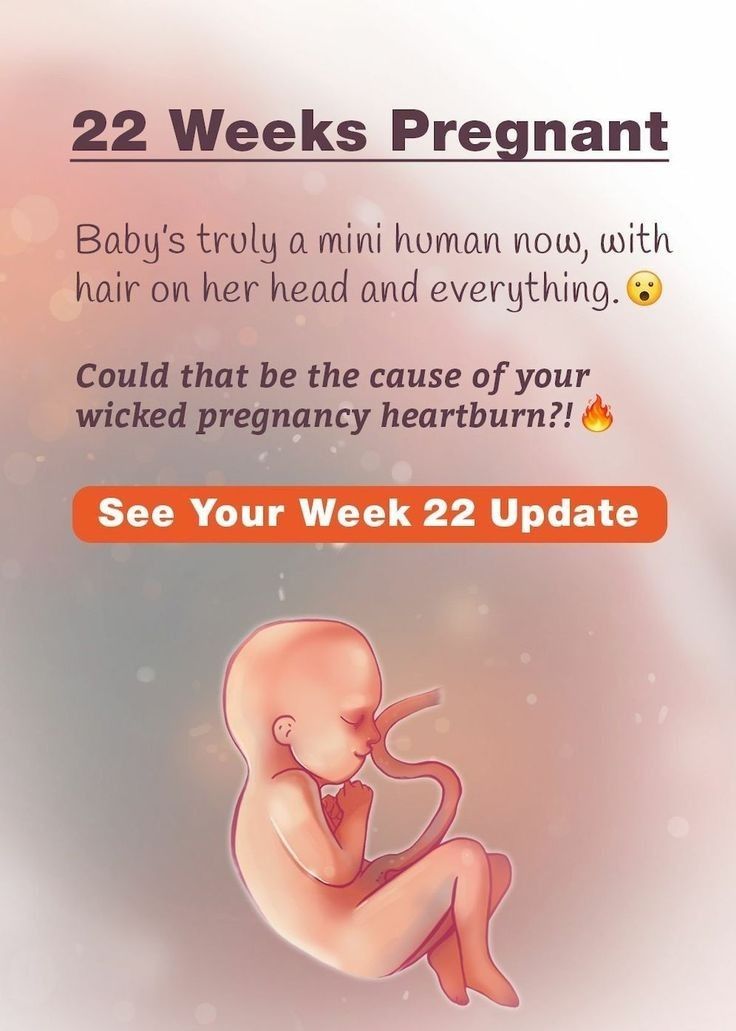
True, external rotation is now rarely performed: firstly, not all obstetricians and gynecologists can do it, and not all doctors believe that it is needed; secondly, not every woman is psychologically tuned in to him, and, besides, there are not always indications for him. nine0003
Psychological methods may seem questionable, but they often help. And if you add gymnastics and swimming, then the likelihood that the baby will turn into the correct position only increases. So if you don’t want to do a cesarean section with a breech presentation or give birth “ass first”, then you should try all the methods that are suitable and allowed for you.
Make an appointment
to the doctor - Vatagina Maria Aleksandrovna
Clinical Hospital Lapino-1 "Mother and Child" Clinic "Mother and Child" Mytishchi - OPENING SOON
Gynecology
By clicking on the send button, I consent to the processing of personal data
At what week should the baby turn head down?
Between 27 and 40 weeks, the doctor performs an examination to determine the position of the fetus in the uterus. It is then that his previa will be revealed. From the presentation - that is, the position of the child depends on how the birth will proceed. Much fewer surprises await a woman if the child occupies a classic position in the uterus - upside down. nine0015 The head position of the fetus is the most favorable for childbirth, since in this case the risk of complications for the baby is minimal. However, do not be afraid if the position in the uterus of your baby is different: pelvic or transverse. Such a doctor's verdict is also not critical, it's just that your birth will be different. And they will pass under the close attention of doctors.
It is then that his previa will be revealed. From the presentation - that is, the position of the child depends on how the birth will proceed. Much fewer surprises await a woman if the child occupies a classic position in the uterus - upside down. nine0015 The head position of the fetus is the most favorable for childbirth, since in this case the risk of complications for the baby is minimal. However, do not be afraid if the position in the uterus of your baby is different: pelvic or transverse. Such a doctor's verdict is also not critical, it's just that your birth will be different. And they will pass under the close attention of doctors.
Head position of the fetus (fetus head down): detected at 7 months of pregnancy when the doctor palpates the abdomen of the expectant mother. This will also be confirmed by the results of examination through the vagina and ultrasound. nine0003
Breech presentation of the fetus (the child either “sits” on the bottom, lifting the legs up, or “squats”, lowering them down, or pulls the legs under him) is recognized from the 32nd week of pregnancy: in the upper part of the uterus, the doctor gropes the firm head of the child, and at the bottom - the soft ass.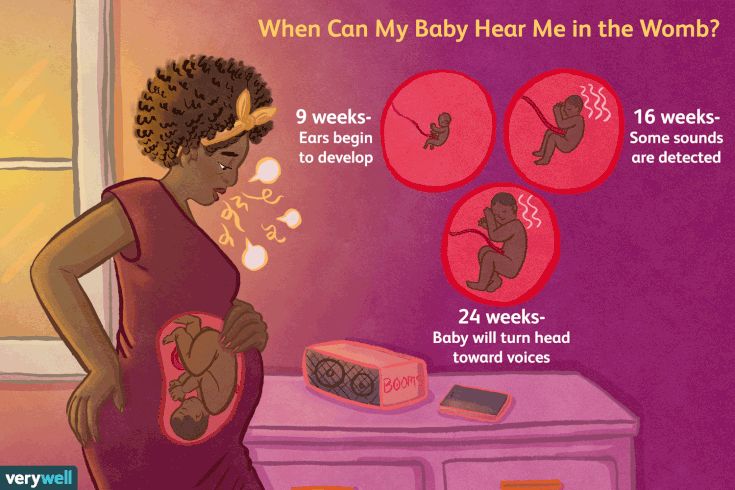
Transverse presentation of the fetus (the fetus lies across) is determined from the 20th week of pregnancy. Having probed the belly of the expectant mother, the doctor will “discover” the head and buttocks of the child on the sides. nine0003
There is no particular week or day in which women can expect their child to be in the required position. In some cases, the baby turns over already at the onset of labor or a few hours before the onset. For other women, this happens a few days or weeks before the onset of labor.
A cephalic reversal closer to the day of delivery usually occurs in women who already have children. This is because their body is already familiar with labor, so it may take less time for the pelvis to adjust to the process. nine0003
Women who are pregnant for the first time may find that the baby rolls over a few days or weeks before delivery. This may be because their pelvic muscles take longer to adjust for childbirth.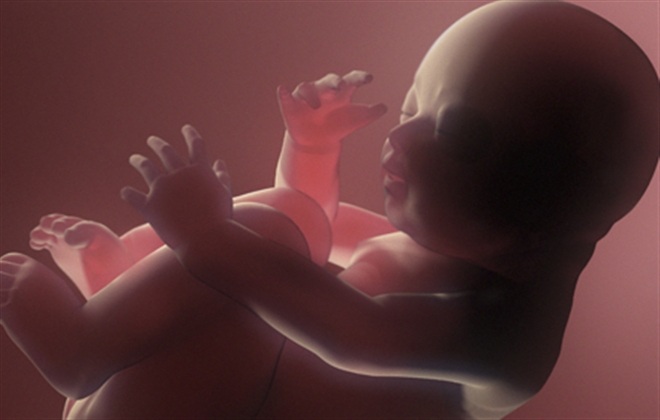
If a woman thinks her baby has turned upside down, she should talk to her doctor. The doctor can check the position of the baby, which will help him predict when labor will begin.
WHAT IS IT LIKE?
Some women may feel the rollover as a sudden, palpable movement. Others may not feel anything at all and miss this moment.
Some women may notice that their stomach seems to become lighter after the baby rolls over. Perhaps this is due to the fact that the child has moved into the pelvic area, leaving more free space in the abdomen. This feeling of free space in the stomach is the reason why turning over is also called relief. However, for some, this relief can be frightening. Sometimes, as the baby moves down, women feel like they have a bowling ball between their legs. Every woman has her own unique experience of turning a baby. nine0003
NINE SIGNS THAT THE BABY HAS TURNED HEAD DOWN
The following signs indicate that the baby is most likely head down:
- Abdominal prolapse.
When the baby rolls over, the abdomen may look like it has dropped a little.
- Pressing pain in the pelvic region. As the baby moves into the pelvis, the pressure in this area may increase. This can cause a woman to feel like she is rocking from side to side while walking. nine0132
- Flashes of pelvic pain. When a baby rolls over, some women may experience flare-ups of pelvic pain. This may be due to the fact that the baby's head is pressed against the ligaments in the pelvis.
- Easier breathing. When the baby rolls over and lowers into the pelvis, there is less pressure on the diaphragm. This can make breathing easier.
- Hemorrhoids. After the baby is in the prenatal position, the head may put pressure on the nerves in the pelvis and rectum. This pressure can cause hemorrhoids. nine0132
- More allocations. Moving the baby towards the pelvis increases pressure on the cervix. This causes her to secrete mucus that sits at the top of her cervix for the rest of her pregnancy.
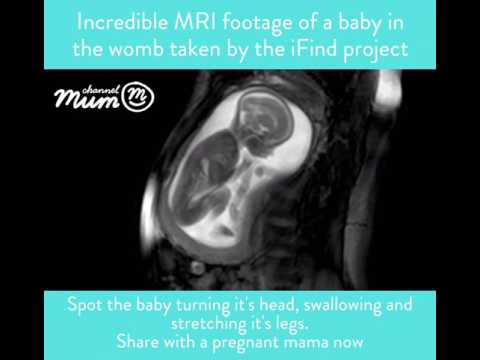 This is to ensure that bacteria do not enter the uterus. After the baby rolls over, mucus may come out of the vagina as a jelly-like discharge.
This is to ensure that bacteria do not enter the uterus. After the baby rolls over, mucus may come out of the vagina as a jelly-like discharge. - Frequent need to urinate. As the baby moves down into the pelvis, the head may put pressure on the bladder. This can cause a woman to urinate frequently. nine0132
- Back pain. The baby's cephalic position can put extra pressure on the muscles in the lower back. This can cause back pain.
- Feeling of hunger. Proper prenatal positioning of the baby can relieve pressure on the stomach. It can relieve heartburn and increase hunger.
THE ROLE OF FETAL POSITION IN LABOR
If a woman thinks her baby has turned upside down, she should see a doctor. The doctor can determine what position the child is in using a special scale. Some doctors use a three-point scale, while others use a five-point scale. nine0003
The five-point scale is more traditional and more widely used.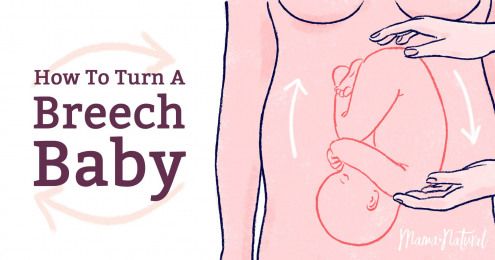 A 2015 scientific article describes it as a system that divides the pelvis above and below the ischial spines into five segments. The ischial spines are located on the pelvis. When the baby is ready to be born, his head is level with them.
A 2015 scientific article describes it as a system that divides the pelvis above and below the ischial spines into five segments. The ischial spines are located on the pelvis. When the baby is ready to be born, his head is level with them.
The five-point scale is measured from -5 to +5. Each step forward on the scale means the baby is one centimeter closer to birth. Before the baby rolls over, the woman can be at point -5. As the baby rolls over (and moves deeper into the pelvis), the woman may be at zero point. When the baby descends into the vagina, the woman may be at +5. nine0003
According to a 2014 study, 95 percent of women are at or below zero during full dilation. To assess what stage a woman is in, the doctor examines the woman's vagina and tries to feel for the baby's head.
If the due date is close at hand and the baby has not yet rolled over, the woman can try certain things to get the baby into position. nine0003
These include:
- Hiking
- Birth Ball Sitting
- Squats
- Pelvic Tilts
These activities help open the hips and stretch the pelvic muscles.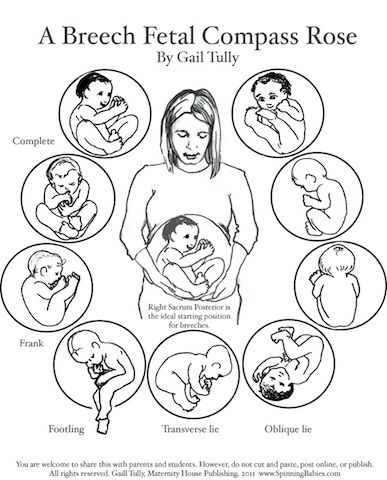 This may encourage the baby to move into the pelvis.
This may encourage the baby to move into the pelvis.
WHEN SHOULD YOU SEE A DOCTOR?
It is normal to feel pain in the pelvic area after the baby is in the prenatal position. However, some types of pelvic pain may need to be evaluated. Talk to your doctor if pelvic pain is constant or regular. Or if it's accompanied by:
- Bleeding
- Fluid loss
- Fever
Turning the baby usually occurs towards the end of pregnancy. This can happen both immediately at the onset of labor, and a few hours, and sometimes weeks before that. In women who are pregnant with their first child, this process is likely to occur a few weeks before delivery. This maneuver may feel like a sudden, abrupt movement, however, some women do not even notice when it occurs. The head presentation of the baby can make breathing easier and increase appetite. This happens because there is space in the abdomen and pressure on the organs is reduced. When the baby rolls over and goes down, the pressure on the pelvis can cause some pain.